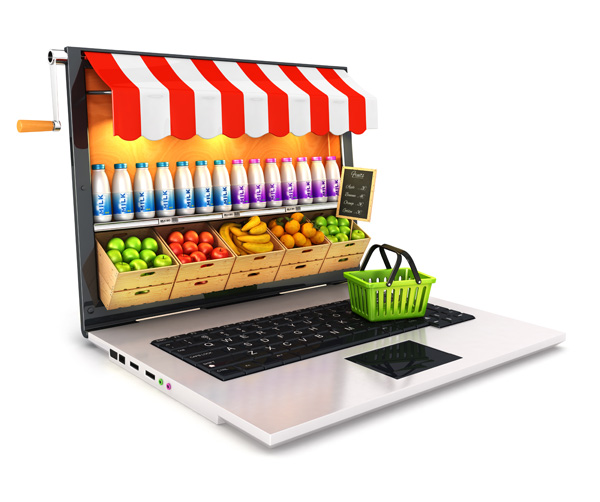
“In an age where food retailers have the opportunity to forge a connection between shopper interest in obtaining quality food and beverage products, engaging shopping experiences and authentic narratives behind products (all of which benefit from human interaction) and the store, it is interesting to watch these same retailers seemingly obsessed with finding ways to make shopping more “convenient” so consumers can get in and out of their stores more quickly—or stay away altogether.”
This quote from a Forbes article earlier from 2015 on the growth of Instacart and other grocery home delivery services in the US. It summaries the main problem with the approach the majority of food retailers are taking to multi-channel today. The desire to either gain first-mover advantage or not be left behind in the great new online space race – because that’s where the “growth” is, even if it will inevitably come from stores – has led to a sudden increase in the focus and resources allocated to e-commerce. However, attempts to make the in-store experience more appealing – for instance by teaching customer-facing staff more about what they are selling – have lagged behind. Apart from shorter checkout queues, self-scanning, and access to the odd dietitian (for the very dedicated and lucky), what has really changed about the in-store grocery shopping experience in the last 100 years?
More fundamental change in-store is however inevitable, given that for the grocery market as a whole, online adds more costs and complexity than sales, compressing margins, even for first-movers (such as Tesco in the UK, still the world’s largest online fresh food/grocery retailer). Better to face up to this inconvenient truth sooner rather than later.
Source: Marc de Speville http://www.strategicfoodretail.com/journal/
